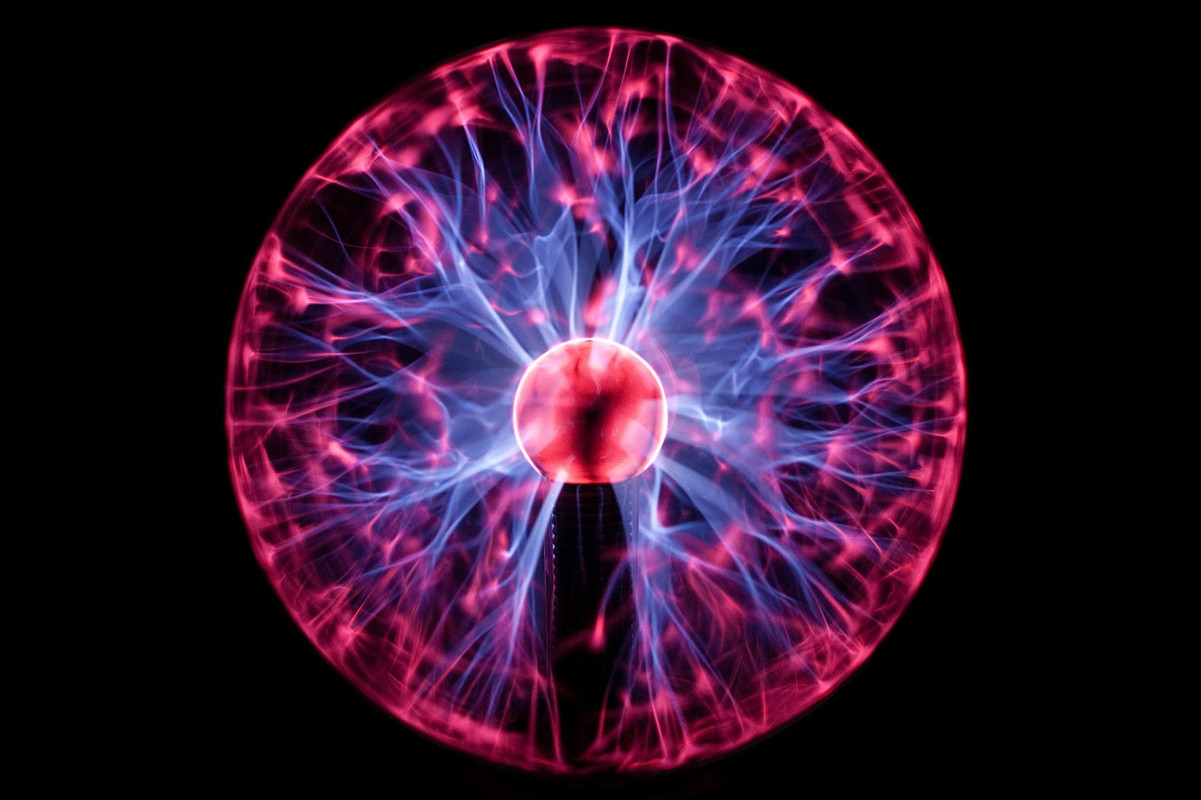Material science is the spine of all normal sciences. It clarifies how the universe behaves—from the most modest particles to the biggest worlds. Whether you're a understudy or a inquisitive intellect, understanding fundamental physics concepts explained can offer assistance you see the world through a logical focal point. This direct offers a streamlined clarification of basic material science standards that lay the establishment for more progressed studies.
1. What Is Physics?
The branch of science that studies the structure of matter and the relationships between the fundamental components of the observable universe is called physics. At its center, material science points to clarify how things move, associated, and alter over time.
Key regions of material science include:
- Mechanics (movement and forces)
- Thermodynamics (warm and energy)
- Electromagnetism
- Optics
- Quantum Mechanics
- Relativity
Understanding these zones begins with getting a handle on the fundamental material science concepts.
2. Movement and Powers: Newton’s Laws of Motion

One of the to begin with concepts learned in material science is movement and how it's impacted by powers. Sir Isaac Newton defined three laws that shape the bedrock of classical mechanics:
- Newton’s To begin with Law (Law of Inertia):
An protest at rest remains at rest, and an protest in movement proceeds in movement unless acted upon by an outside force.
- Newton’s Moment Law (F = ma):
The drive acting on an protest is rise to to the mass of the question increased by its acceleration.
- Newton’s Third Law:
For each activity, there is an rise to and inverse reaction.
These laws administer everything from a rolling ball to a rocket launch.
3. Vitality: Dynamic and Potential
The ability to perform work, or energy, is another pillar of material science. There are two essential sorts of mechanical energy:
- Kinetic Vitality: Vitality of movement. A moving car or streaming water has motor energy.
- Potential Vitality: Put away vitality. A extended bow or water behind a dam holds potential energy.
Other shapes incorporate warm vitality, chemical vitality, and atomic vitality. The Law of Preservation of Vitality states that vitality cannot be made or destroyed—only changed from one shape to another.
4. Work, Control, and Efficiency
These three interrelated material science concepts degree how vitality is transferred:
- Work (W): Done when a drive moves an question over a separate (W = F × d).
- Power (P): The rate of doing work (P = W/t).
- Efficiency: The ratio of valuable yield to total energy input.
These standards are connected in designing, development, and machinery.
5. Gravity: The Widespread Force
Gravity is the drive that pulls in two bodies toward each other. Newton’s Law of Widespread Attraction states:
Every mass pulls in each other mass in the universe with a constrain that is straightforwardly corresponding to the item of their masses and contrarily corresponding to the square of the remove between them.
This clarifies why apples drop to the ground, why the moon circles Soil, and why planets circle the sun.
6. Thermodynamics: Warm and Temperature
Thermodynamics ponders the relationship between warm, vitality, and work. It incorporates four major laws:
- Zeroth Law: If two frameworks are in warm harmony with a third framework, they are in balance with each other.
- First Law: Vitality is moderated (warm included = increment in inner vitality + work done).
- Second Law: Warm actually streams from hot to cold bodies.
- Third Law: As temperature approaches outright zero, entropy (clutter) approaches a minimum.
Applications extend from fridges to engines.
7. Electromagnetism: Electric and Attractive Fields

Electromagnetism considers electric and attractive strengths. Two major angles are:
- Electricity: Stream of electrons through a conductor (e.g., wires).
- Magnetism: Constrain applied by magnets and attractive fields.
James Receptionist Maxwell bound together power and attraction into Maxwell’s Conditions, anticipating electromagnetic waves like light and radio waves.
8. Waves and Sound
Waves are unsettling influences that exchange vitality. They can be:
- Mechanical Waves (sound, water) – require a medium
- Light and X-rays are examples of electromagnetic waves that move in a vacuum.
A mechanical wave produced by vibrating things is called sound. It voyages through discuss at around 343 m/s.
Wave properties include:
- Frequency
- Wavelength
- Amplitude
- Speed
9. Light and Optics
Light carries on both as a wave and a molecule (photon). Optics is the think about of light behavior, including:
- Reflection – light bounces back
- Refraction – light twists when passing through materials
- Diffraction – light spreads around obstacles
Understanding optics makes a difference in planning cameras, glasses, and telescopes.
10. Quantum Mechanics: Material science at the Little Scale
When we zoom into the nuclear and subatomic level, classical material science breaks down. Quantum mechanics takes over with unusual but exact principles:
- Particles act like waves and bad habit versa.
- Uncertainty Guideline: You can’t accurately degree both position and energy of a particle.
- Superposition: Particles can be in different states at once.
Quantum hypothesis clarifies the behavior of particles, electrons, and photons—critical in present day innovation like semiconductors and lasers.
11. Relativity: Einstein’s Theories

Albert Einstein presented two progressive ideas:
- Special Relativity (1905): Time and space are relative. The speed of light is steady for all observers.
- Famous condition: E = mc²
- General Relativity (1915): Gravity is not fair a constrain but the ebb and flow of space-time around gigantic objects.
These speculations anticipate dark gaps, gravitational waves, and GPS functionality.
12. The Standard Demonstrate of Molecule Physics
This show categorizes all known subatomic particles:
- Fermions (matter particles): electrons, quarks
- Bosons (constrain carriers): photons, gluons, Higgs boson
It’s the most exact hypothesis for molecule behavior, in spite of the fact that it doesn't clarify everything—like gravity at the quantum level or dull matter.
Read More:- Inventions Are Based on Quantum Mechanics
13. Significance of Learning Physics
Understanding essential material science concepts enables us to:
- Decode characteristic phenomena
- Innovate in technology
- Improve designing systems
- Tackle climate change
- Inspire interest almost the universe
Physics is everywhere—from your smartphone to the stars above.
14. Common Material science Equations to Know
Here are a few key equations regularly utilized in beginner-level physics:
| Concept | Formula | Description |
|---|---|---|
| Newton’s 2nd Law | F = ma | Force = mass × acceleration |
| Work | W = F × d | Work = Force × distance |
| Kinetic Energy | KE = ½mv² | Moving energy |
| Gravitational Force | F = G(m₁m₂)/r² | Universal gravitation formula |
| Ohm’s Law | V = IR | Voltage = Current × Resistance |
| Wave Speed | v = f × λ | Speed = Frequency × Wavelength |
Conclusion
Mastering the fundamental physics concepts explained in this article builds the system for investigating progressed science and innovation. From Newton’s laws to quantum hypothesis, these thoughts shape our understanding of reality. Whether you're planning for exams, plunging into STEM, or fair fulfilling curiosity—physics offers answers that are both viable and profound.
FAQs
Q: Which material science idea is the most important to master first?
Start with Newton’s laws of movement and vitality, as they frame the base of classical mechanics.
Q: Is material science difficult to learn without math?
While math is basic, numerous essential concepts can be caught on conceptually without profound calculations.
Q: What is the contrast between classical and quantum physics?
Classical material science bargains with plainly visible marvels, whereas quantum material science clarifies nuclear and subatomic behavior.
Q: How can I make material science simpler to understand?
Use visual helps, analogies, and real-life illustrations. Begin with conceptual understanding some time recently plunging into formulas.

